Chabot College
Chabot College is a public community college in Hayward, California. It is part of the Chabot-Las Positas Community College District. Founded in 1961, Chabot College offers educational programs and experiences for students to succeed in their education, progress in the workplace, and engage in the civic and cultural life of the community.
Many campuses across the country are aiming to be carbon neutral in the next couple of years.
In order to attain these goals, many campuses are trying to find ways to reduce their energy consumption through efficiency upgrades and clean energy initiatives to encourage energy conservation habits and microgrids can help campuses achieve exactly that.
What exactly is a microgrid?
A microgrid is a localized energy system that can operate independently or alongside the main power grid. It typically combines on-site solar panels, battery storage, and smart controls to generate, store, and manage electricity. In the event of a grid outage, a microgrid can keep critical buildings powered making it an ideal solution for campuses looking to improve resilience, lower energy costs, and meet sustainability goals.
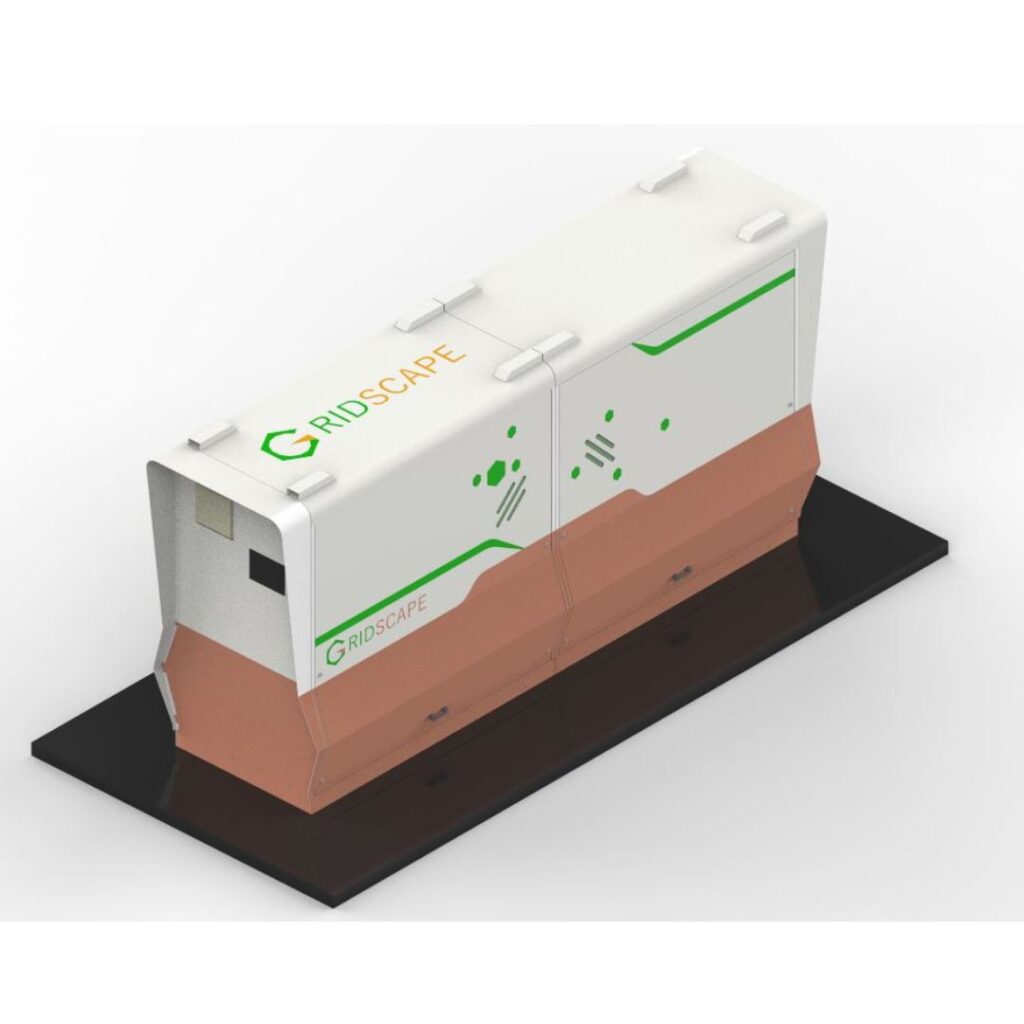
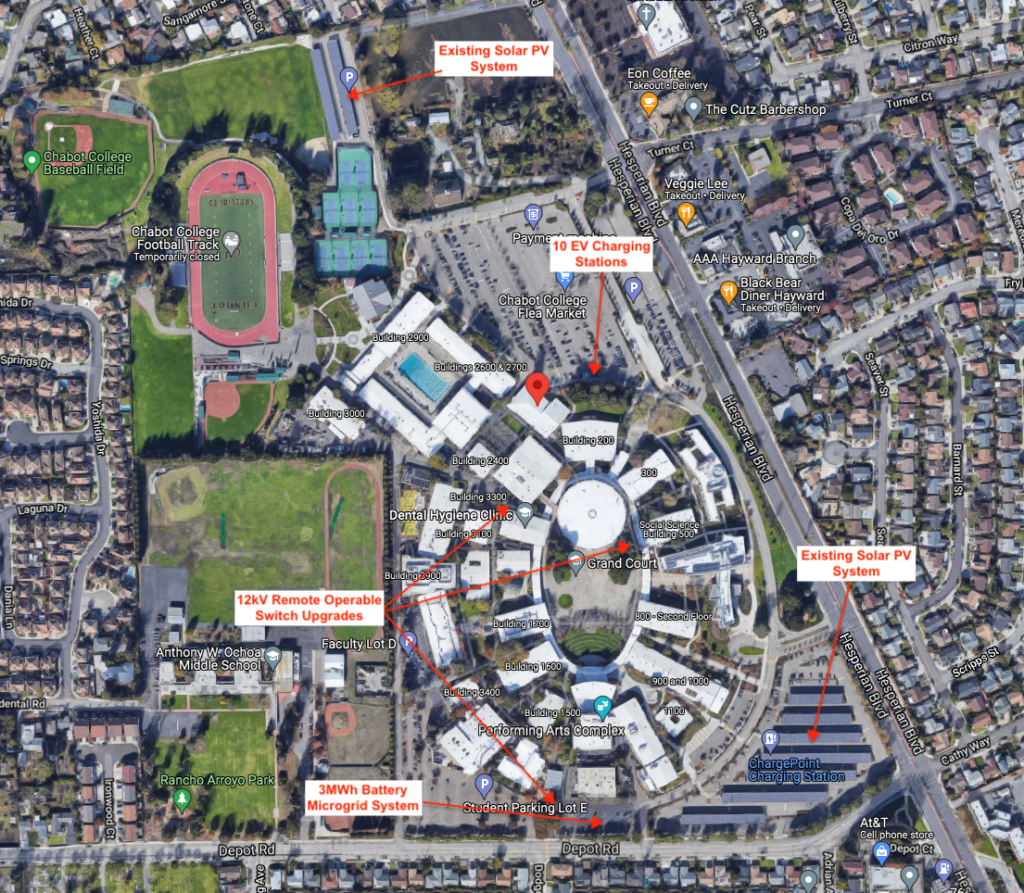
Project Description
Gridscape is deploying a Microgrid System at the Chabot College in Hayward, CA, and upgrading its 12 kV infrastructure to provide power resilience to any of the 25 buildings in the campus. This project is partially funded by a grant from California Energy Commission. The project includes 3 MWh of energy storage system, five new remote operable switches, utility interconnection and 10 new EV charging stations. Further, there is an existing 1MW solar array that will be connected to the microgrid system.
1
The project will save approx. $205,378 in energy costs annually and the estimated value of resiliency (VoR) is $348,882.
2
The project will also offset 847 MT of GHG annually.
3
The project will reduce the peak demand and will contribute to additional cost savings.
Workforce Development & Green Jobs Training
The project is spurring a collaboration between Gridscape, Chabot College with help from Columbia University on development of a certification program designed to train future workforce on green jobs and internships.
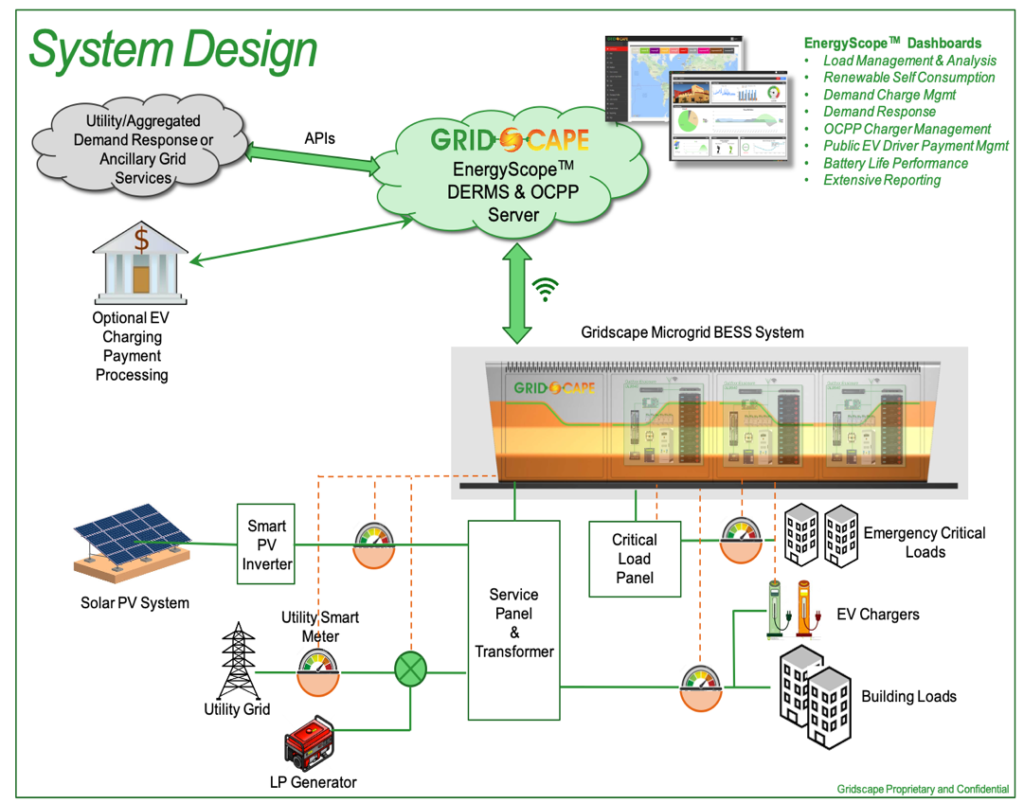
Design
The project will be based on the system design and architecture with minor alterations as shown in following figure.
As of now, the project is in design phase, and it will be ready for DSA review by the end of November 2021.
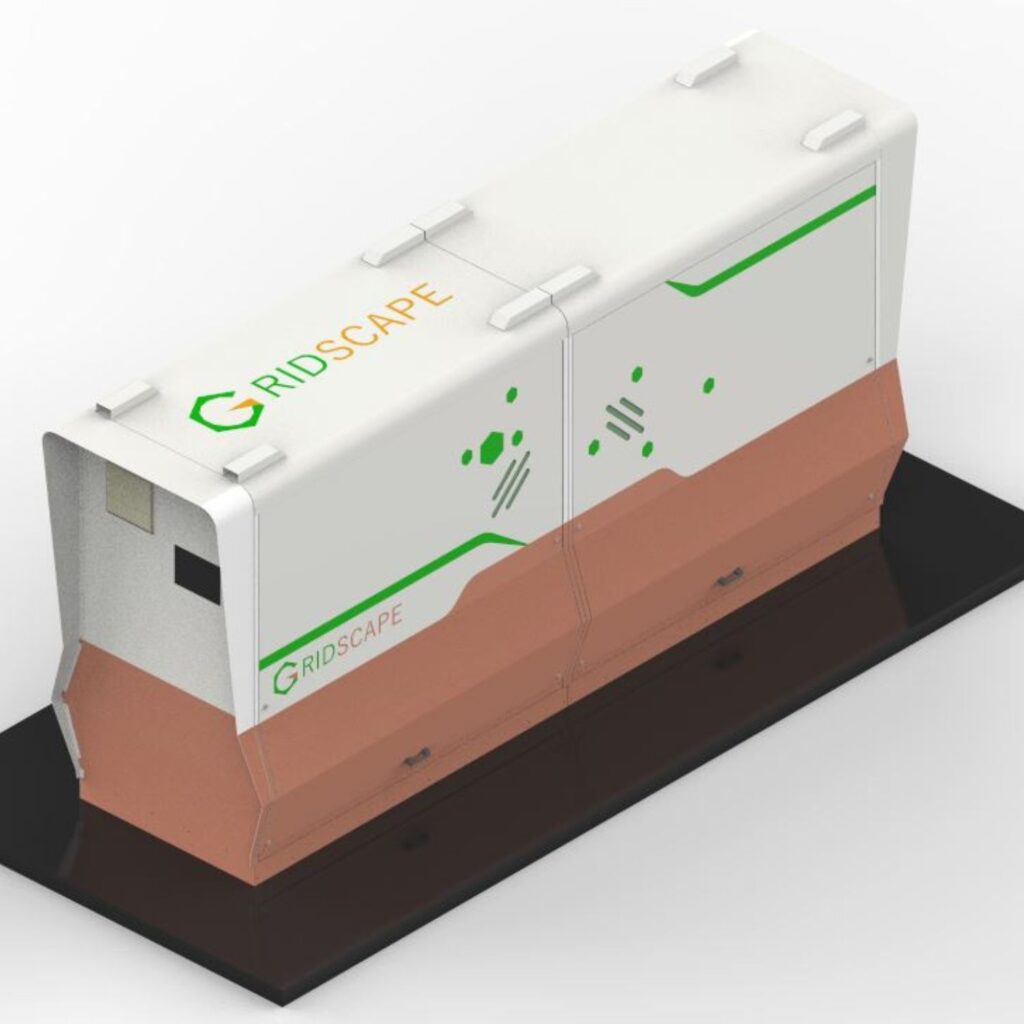
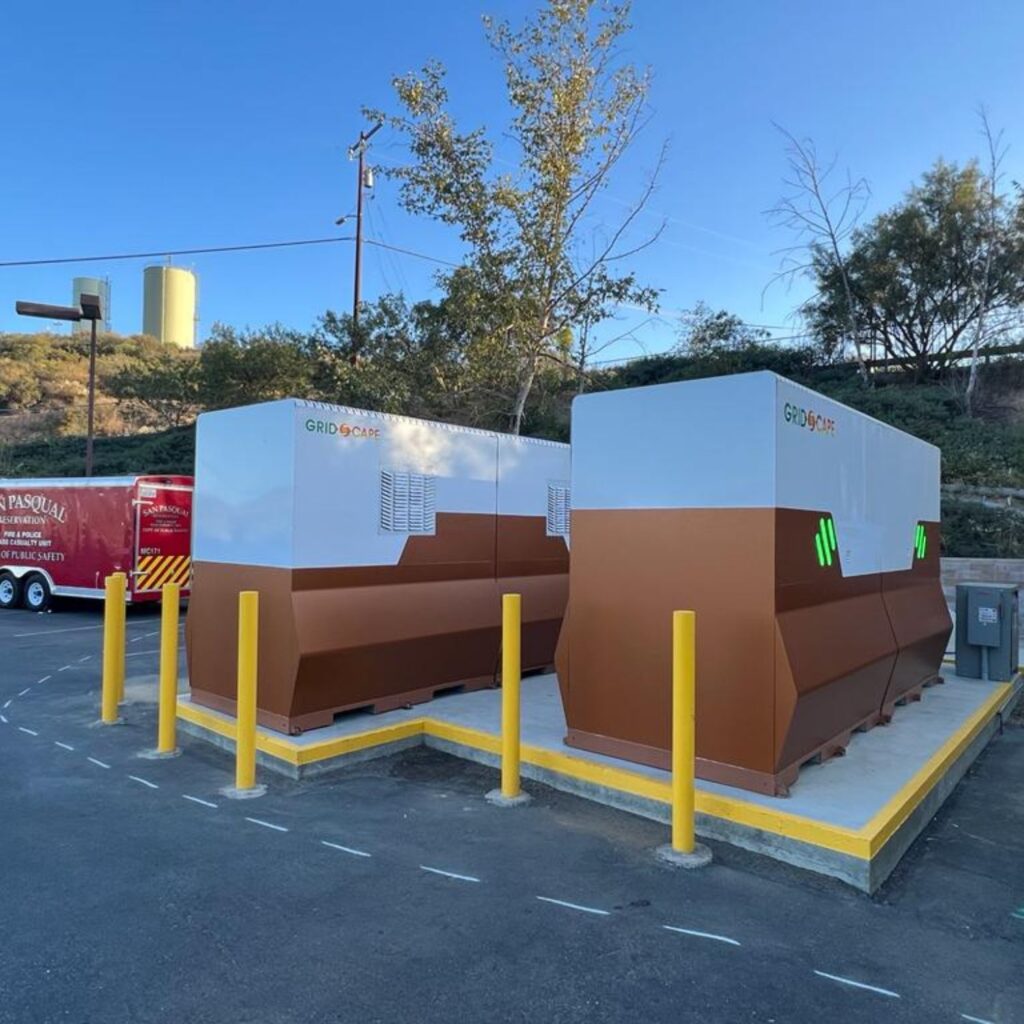

Years of Experience
Projects So Far
New Partners
Gridscape Overview
Gridscape is California’s leading developer of small to mid-sized solar microgrid products and technologies. We specialize in deploying state-of-the-art microgrids integrated with EV charging to reduce site energy costs and provide clean backup power during PSPS or other outages. Backed by multiple CEC grants, Gridscape has delivered cost-effective, standards-based microgrids across fire stations, municipal buildings, and commercial sites.
Unlike traditional developers, Gridscape takes a product-centric, AI-driven approach that combines smart software, integrated hardware, and controllable loads like EV charging. With strong partnerships across top financiers and tech providers, we offer a high-ROI, turnkey solution that blends innovation, reliability, and efficiency.
Gridscape EnergyScopeTM Dashboards
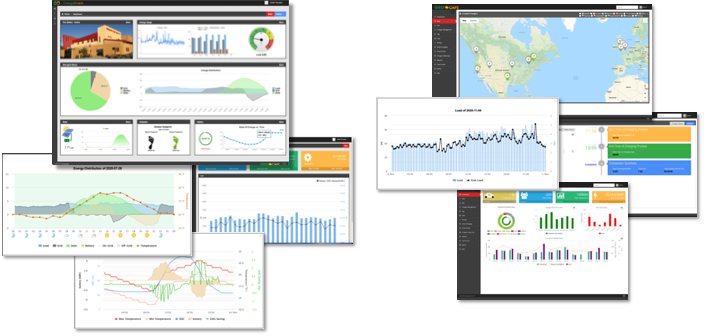
How Gridscape’s unique solution
can help college campuses

Backup During Outages
Keeps critical campus operations running during blackouts/PSPS events.

Cuts Energy Costs
Lowers electricity bills by managing peak demand and using stored solar power.
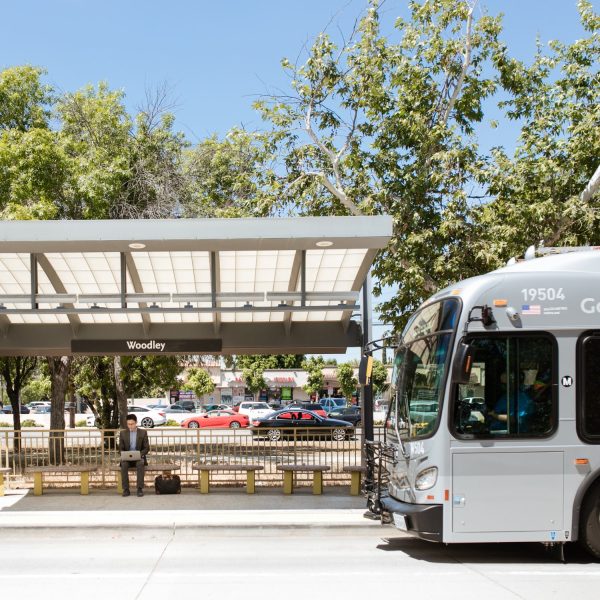
Powers EV Charging
Supports on-campus EV chargers without straining the grid.

Hands-On Learning
Acts as a real-world lab for students studying energy and sustainability.
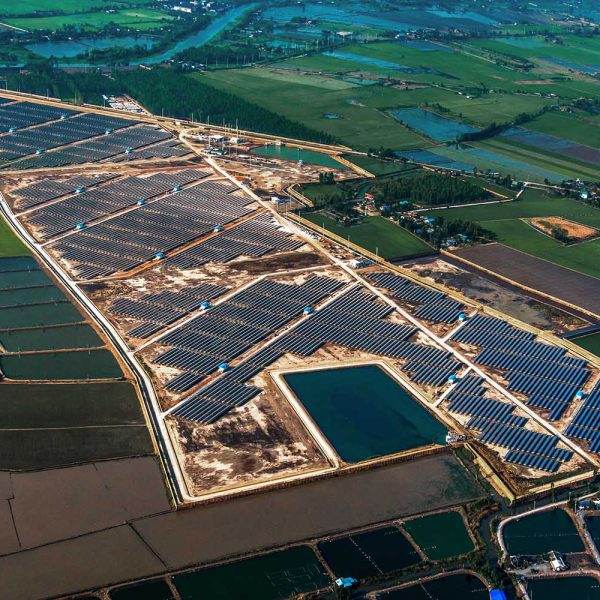
Scales Across Sites
Modular design makes it easy to replicate across multiple campus buildings.

Lowers Carbon Footprint
Maximizes clean energy use to meet sustainability goals.
The following is a partial list of the solar microgrid projects deployed or in the process of being deployed by Gridscape in 2021.
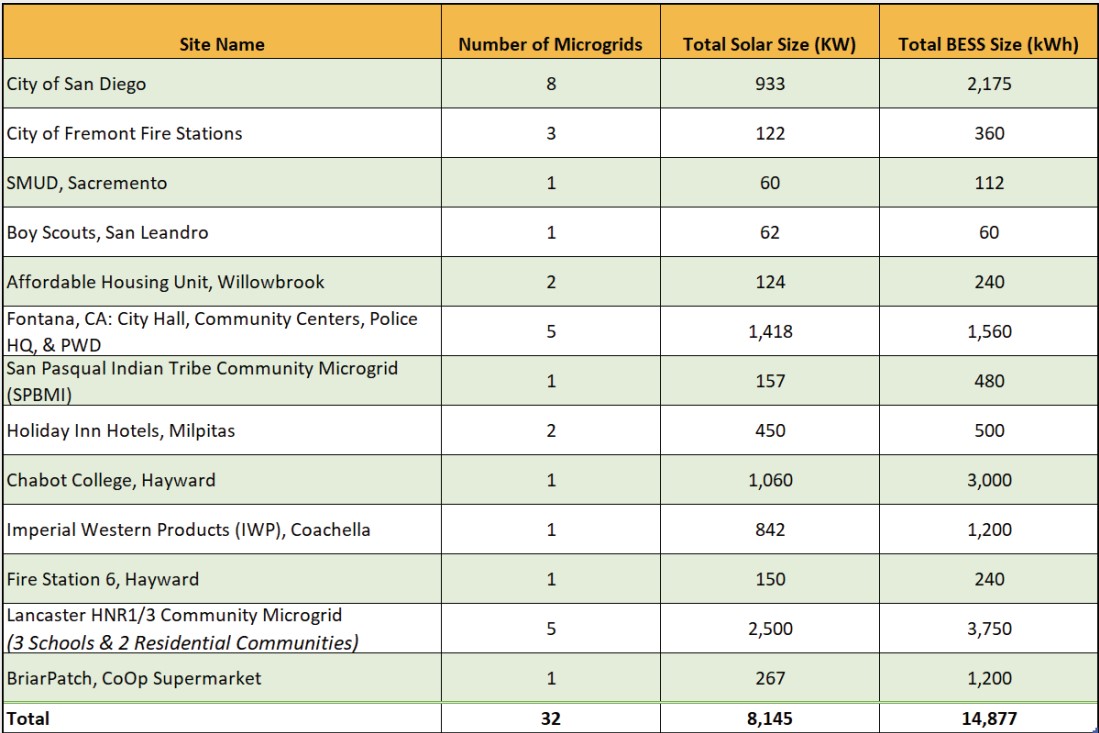
Other Project Details
The following is a partial list of the solar microgrid projects deployed or in the process of being deployed by Gridscape in 2021







